bunion surgery issaquah
Displaying items by tag: bunion surgery issaquah
Dr Brandon Nelson, A Board Certified Physician & Surgeon, Discuss What To Expect After The Lapiplasty Bunion Correction

There is a lot of talk about the lapiplasty procedure for bunion correction. I think it is important to spend a minute and look at the history and what exactly the procedure is. Then we can discuss the expectations after surgery.
The lapiplasty is based on the lapidus bunionectomy. This is a procedure that was first described by Dr Paul Lapidus. This surgical correction for bunions has been around for about 100 years. It has been shown to be the most effective method to correct a bunion. The trouble with it is it can be technically difficult to perform and has a long recovery. Most of us foot and ankle surgeons trained utilizing this procedure especially if you trained on the West Coast. Seattle, where I trained is the epicenter for the lapidus procedure.
What is the lapidus procedure? The procedure itself involves correcting a bunion at the apex of the deformity. Most of us believe this is at the tarsometatarsal joint. This is where the correction occurs with the lapidus and lapiplasty. The procedure involves, releasing the 1st metatarsal joint and sesamoid, correcting the metatarsal and then fusing the tarsometatarsal joint. This fusion was the limiting step to recovery and this is where the lapiplasty surgical set has made steps to decrease healing times. Their system utilizes a plate that allows early weight bearing.
Recovery for most patients undergoing a lapiplasty can be summarized as follows;
-First week couch potato, relax put your foot up
-Week two get your dressing changed
-Week three start weight bearing in the boot
-Week 6 begin to transition out of boot into normal shoe
-Month 3 back to full activities
If you have a bunion and would like to discuss the Lapiplasty make an appointment with me at 425-391-8666 or schedule an appointment online.
Sincerely,
Board Certified Foot & Ankle Surgeon
Dr Brandon Nelson, A Board-Certified Physician & Surgeon Discusses How To Make Sure You Have a Successful Bunion Surgery
.jpg)
Bunion surgery is one of the most common surgeries performed in the United States. It is something like 250,000 operations annually, that is a lot of bunions! Well, how can you maximize your results, get back to activities early and heal faster? I will give you some insight on these questions.
Maximizing bunion results, when I think about what this question means I think it would pertain to how you get the best outcomes. This means to me how you make the foot more functional and get a good cosmetic result. This would be best done through appropriate procedure selection. There are a lot of different bunion operations that are used to fix different sizes of bunions and different foot structures. To me the most important thing here is to select a bunion surgeon that does a lot of bunions.
How do you get back to activities earlier? The main point here is to follow your surgeon's protocol. Do not listen to your neighbor or friend, they might have had a different operation than you. Your surgeon really knows best in this case. Most of us have taken years to perfect our post-op protocol and do not deviate from following them to the letter. But if you have questions or concerns ask to let us know.
Healing faster can mean a lot of things, the skin, the bone, when one can walk. The skin is the first thing to heal. I always recommend collagen and zinc supplements. These seem to speed things along and once the incision is closed there are some great products to minimize scar appearance. Next is the bone, a good bone healing supplement is essential and if available a bone stimulator can shave weeks off healing. Weight bearing is a different story, often this depends on other procedures that were done. I try to get all my patients moving and bearing weight within a couple days if appropriate. The minimum is to start a range of motion exercises.
If you would like a consultation on your bunion, I can help. Call to make an appointment with me at 425-391-8666 or schedule an appointment online.
Sincerely,
American College of Foot & Ankle Surgeons
Dr Brandon Nelson, A Board-Certified Physician & Surgeon Discusses Tips To Get Ready For Bunion Surgery
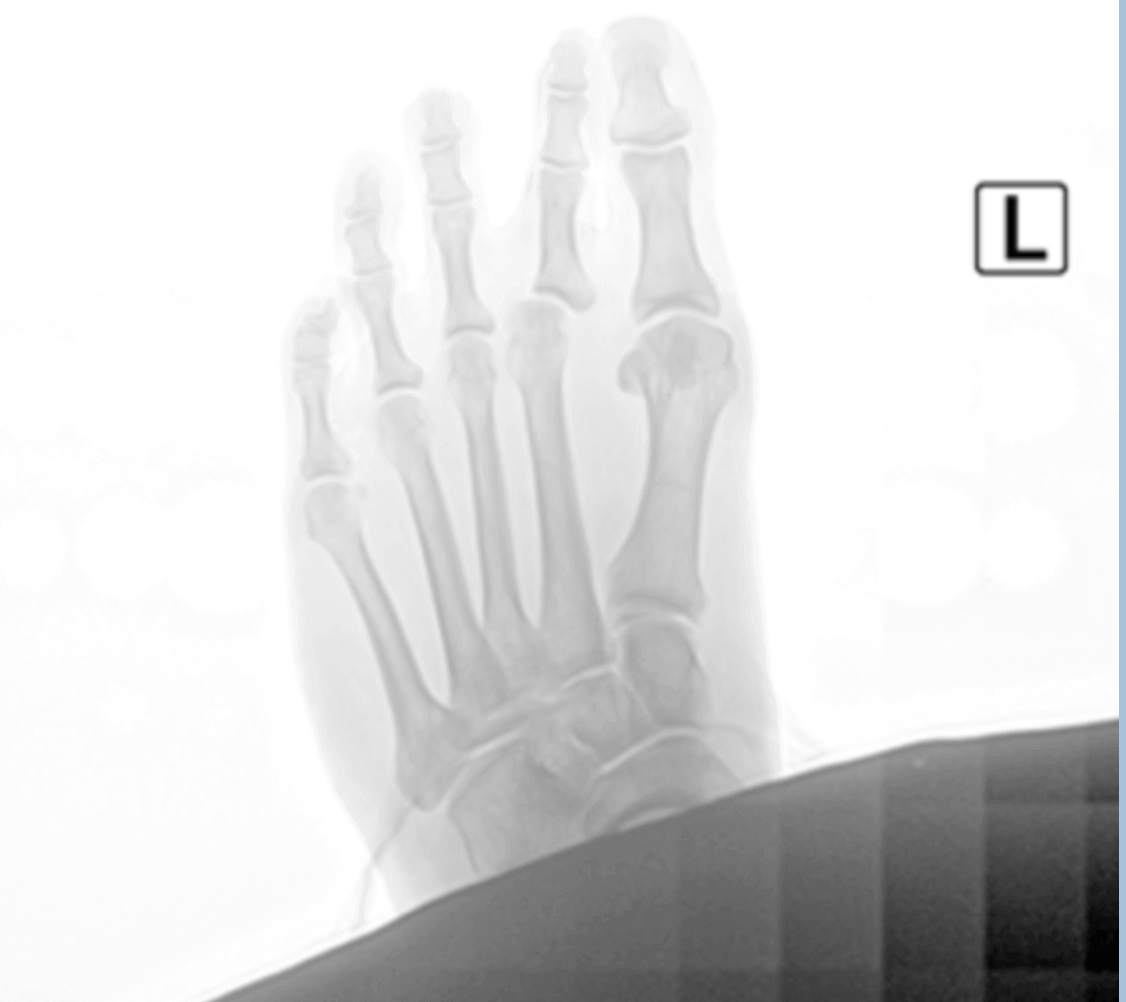
Bunion surgery is the most common surgical procedure I perform at my ambulatory surgery center. I have a few tips I would like to share that can make things much easier.
Get ready a week before surgery. Start thinking about where you will set up. I always recommend being a couch potato for about a week. This home base spot should be conveniently located. This spot should be downstairs and near a restroom. Make sure you have access to anything that might pass the time, a computer, tv, etc.
Meals are another thing to think about. I like to advise my patients to make a weeks’ worth of food. You can freeze them or refrigerate them but not having to cook can be a game changer. This can really help you focus on your recovery, and nobody wants to cook with a sore foot.
Supplements are another thing to consider. I think talking to your surgeon about this one is important. Calcium or some sort of bone healing supplement if you are having bone work done. Collagen and zinc can help wound healing. Once the wound closes, start topical scar care.
The bathroom situation can need some thought as well. How will you shower or use the toilet? I always if you are going to be non-weight bearing to have a trial run of both. It can be difficult executing these tasks with one foot. Options for these include a shower chair or stool and for the toilet they make elevated seats that are helpful.
Medications are the last thing I will touch on. Get these before the day of your procedure. Think about making a log or schedule so you can track what and when you take them. Make sure you understand what each is and that you have no interactions with other medications you are taking.
If you would like a consultation on your bunion, I can help. Call to make an appointment with me at 425-391-8666 or schedule an appointment online.
Sincerely,
American College of Foot & Ankle Surgeons
Dr Brandon Nelson, A Board Certified Physician & Surgeon, Discusses Why the Lapiplasty Procedure for Bunion Surgery Is His Preferred Method
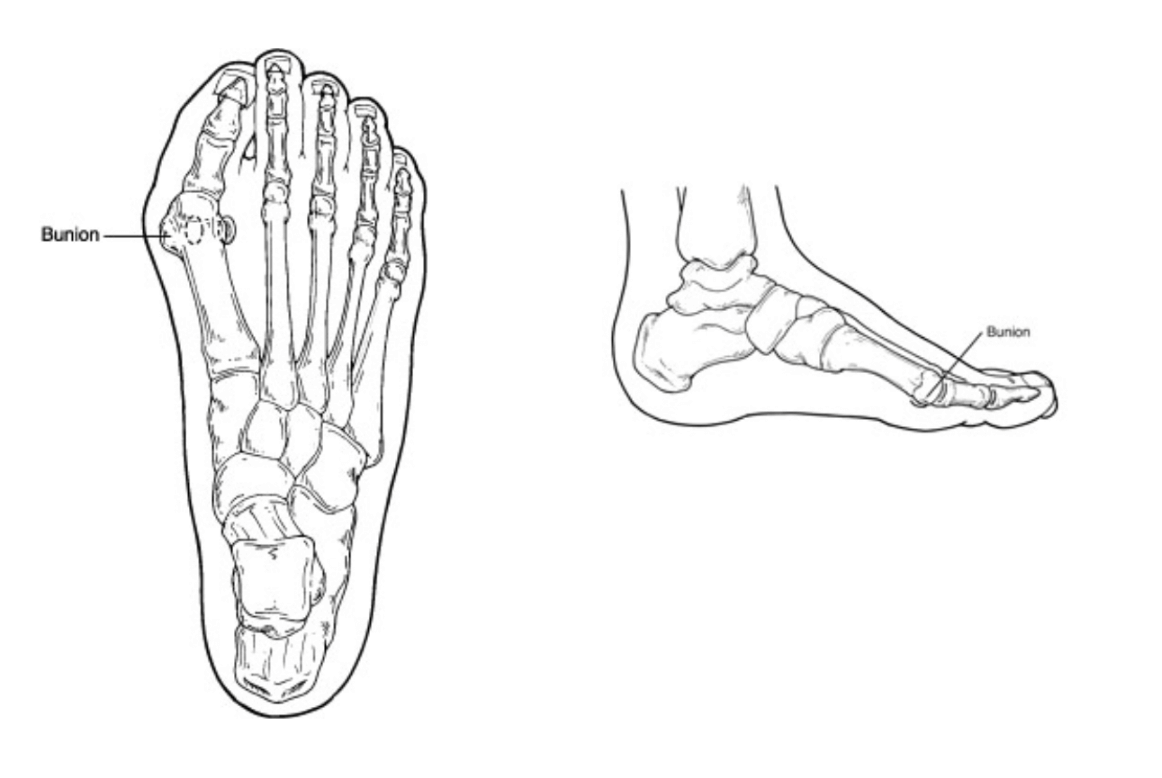
Bunion surgery has been around for over 100 years. There are many techniques that have been utilized for correction of a bunion. The majority involve cutting a bone and realigning a joint. The goal of these surgeries are to straighten the 1st metatarsal and eliminate the deviation of the bone. Today with new research and modern technology we have a better understanding of function anatomy and have begun to look at bunion surgery outcomes. This has led the majority of us surgeons to utilizing the Lapiplasty technique for better long term outcomes.
I personally have been a Lapidus surgeon for over 15 years. I trained in the Northwest and have had the opportunity to work with some of the pioneers of bunion surgery. We have seen through research that the Lapidus procedure holds up the best over time. The long term outcomes show very little recurrence and better overall patient happiness. The lapiplasty system has allowed us to take the lapidus bunion procedure and make it more reproducible.
Lapiplasty is a system created by Treace Medical that has taken some of the technically challenging parts of the lapidus bunionectomy and simplified them. It has a system of cutting jigs and guides that make it simple to correct the bunion. I find patients are extremely happy and have seen incredible long term results. If you have a bunion schedule and appointment with me, I can help you review your options. Give us a call at 425-391-8666 or make an appointment online today.
Sincerely,
Dr Timothy Young Discusses What to Expect After Lapiplasty Bunion Surgery: Road to Recovery
.jpg)
Dr Timothy Young Discusses What to Expect After Lapiplasty Bunion Surgery: Road to Recovery
Introduction
Bunions, those painful bony bumps that form at the base of the big toe, can be incredibly uncomfortable and limit your mobility. For those who have chosen to undergo bunion surgery to alleviate the pain and discomfort, it's important to be well-prepared for what comes next. In this blog, we'll discuss what to expect after bunion surgery including Lapiplasty bunion surgery and provide insights into the recovery process to help you make the journey as smooth as possible.
Day of Surgery
1. Arrival at the Surgery Center: On the day of your surgery, you'll arrive at the surgery center, where you will be prepped for the procedure. The medical team will ensure you're comfortable and informed about the process.
Anesthesia: Bunion surgery is typically performed under local anesthesia with sedation. You'll discuss this with your surgeon before the procedure.
The Surgical Procedure: The surgery usually takes approximately 2 hours, depending on the complexity. The surgeon will make incisions, remove the bunion, and realign the toe joint. With the Lapiplasty procedure there will be 2 plates. With some the other Lapidus procedures there may be 2 or possibly 3 screws.
Recovery Timeline
1. Post-Operative Recovery Room: After the surgery, you'll spend some time in the recovery, where the medical staff will monitor your vital signs and ensure you're comfortable.
Returning Home: Most patients return home on the same day of surgery.
The First Weeks After Surgery
1. Pain Management: Expect some pain and discomfort, which is normal after bunion surgery. Your surgeon will prescribe pain medication to help manage this. Follow their instructions carefully.
Swelling and Bruising: Swelling and bruising are common. You can use ice packs and elevate your foot to reduce swelling.
Dressings and Bandages: You will have a dressing on your foot to protect the incision. Keep it clean and dry. Your surgeon will give you instructions on when to change the dressings.
2. Weight-bearing timeline. This varies from patient to patient.
First 2 weeks with the Lapiplasty typically you are using a scooter or crutches and keeping weight off.
Week number 3 – 6 you progressively bear weight with your boot.
If you are experiencing foot or ankle pain, give us a call today at 425-391-8666 or make an appointment online.
Dr Brandon Nelson, A Board-Certified Physician & Surgeon Discusses Bunion Surgery/Best Long-Term Outcomes
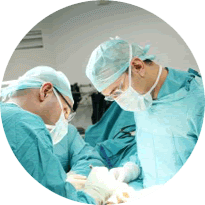
Bunion surgery has been around for over 100 years. Historically, there were about 120 different types of bunion surgeries that could be performed. This has changed over the years as long-term data became available and we could see different outcomes with different procedures. This has shaped bunion surgery and now there are only about 4 commonly used procedures in the United States with 2 of the 4 being the most popular.
The first one is called an Austin bunionectomy. This procedure is executed at the head of the 1st metatarsal. It involved cutting the bone and realigning the joint. It is usually secured with 1 or 2 screws. Most patients can walk on this in a boot following surgery. The average time to heal is typically 4-8 weeks. This procedure is primarily reserved for smaller bunions. It is the most popular bunion procedure done to date.
However, some of us surgeons that do a lot of bunion surgery have been utilizing a procedure called the Lapidus bunionectomy. It is a little more technically challenging but has better long-term outcomes. This type of bunion correction holds up the best and is best for people with large bunions or young children. Recently Treace Medical has come out with a system to make the Lapidus easier and more reproducible for surgeons. This system is called Lapiplasty. I have found it can be helpful and is getting a lot of traction in health care currently.
If you have bunion pain I can help, call to make an appointment with me at 425-391-8666 or fill out a contact form online.
Sincerely,
American College of Foot & Ankle Surgeons
Dr Brandon Nelson, A Board-Certified Physician & Surgeon Discusses How The Lapiplasty Bunion Surgery Could Be Right For You
.jpg)
Bunion surgery has been utilized for more than 100 years. Recent advances in bunion surgery have created better outcomes and faster recoveries. I have been practicing now for 15 years and have not seen such a revolutionary product come to the market before. The lapiplasy system has changed bunion surgery for the better.
Lapiplasty has created a unique set of instruments to create reproducible outcomes. Previously surgeons relied on resecting bone without the use of cutting guides. The Lapiplasty system has guides and reduction clamps to get the same amount of correction every time. This has changed long-term results, making them more reliable with time.
Recovery has also changed. In the past patients could be non-weight bearing for up to 8-10 weeks. This new system often allows patients to bear weight at 2-4 weeks. Bearing weight sooner allows for improved function and less atrophy.
Lapiplasty is by far the most successful bunion surgery technique I have seen. If you are experiencing bunion pain, I can help call to make an appointment with me at 425-391-8666 or contact us online.
Sincerely,
American College of Foot & Ankle Surgeons
Dr Brandon Nelson, A Board-Certified Physician & Surgeon Discusses Things You Need To Know About Bunion Surgery
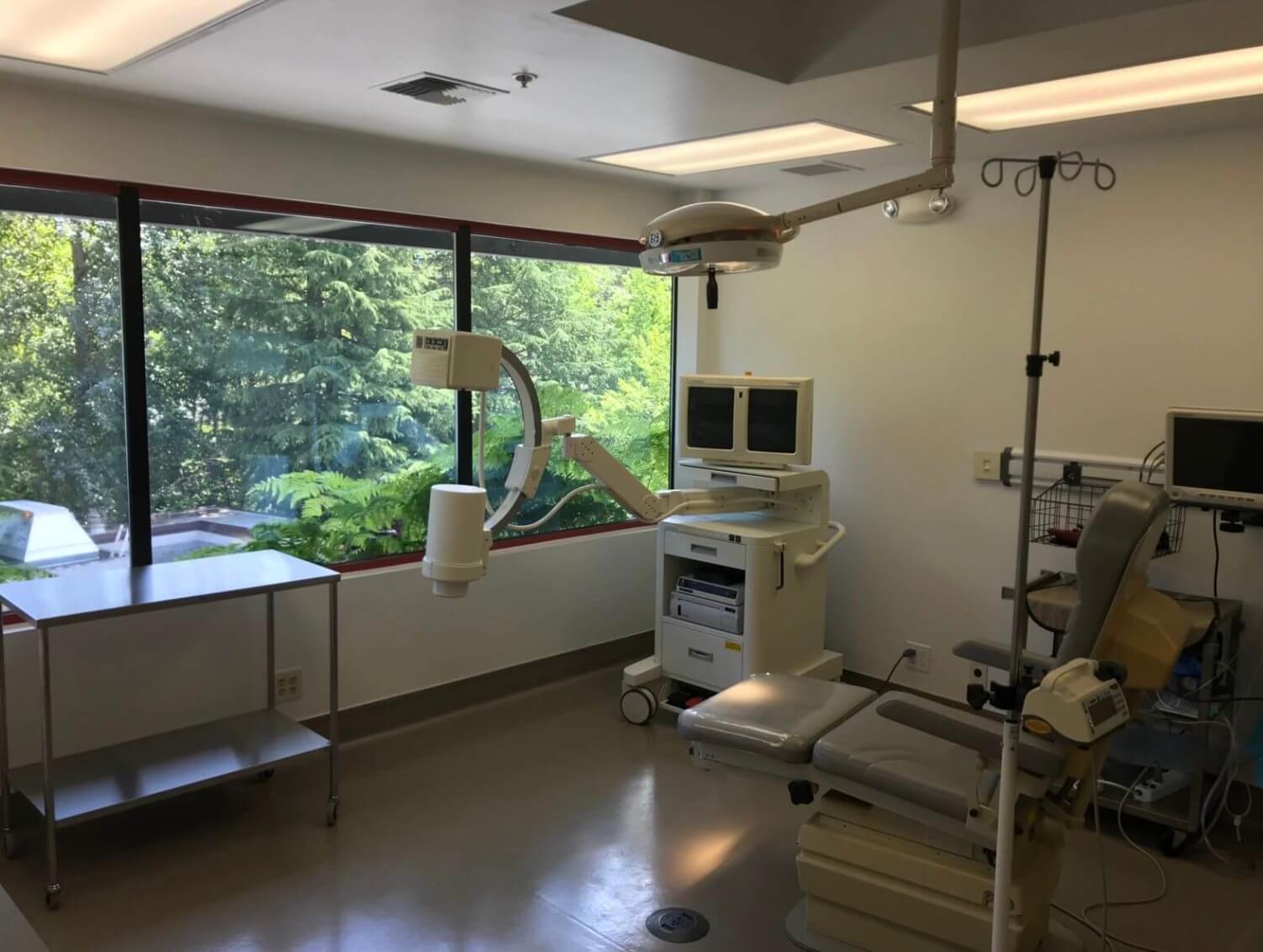
Surgery in general can be an overwhelming endeavor. There are often a lot of new instructions, medications, and appointments to keep track of. I have a few recommendations that can be helpful for anybody undergoing bunion surgery.
One of the first things to do is make a list. I love it when my patients show up with a list of questions at their pre-op appointment. This helps to make sure all topics are covered, and nothing is a mystery come surgery day. In that list often is a shopping list is helpful things like bandages, supplements, otc medications and healthy foods.
Getting a base of operation set up before surgery can help with easing the recovery. I recommend a place on the 1st floor if you have multiple levels. Somewhere that is close to the bathroom and is relatively quiet to aid in recovery. Ideally you have room for your post-op supplies nearby. It is also nice to have something in the room to help pass the time like a TV or music.
Personal hygiene is another area to touch on. I find it helpful for my patients to have some sort of stool to sit on in the shower. This helps reduce pressure on the operated foot. Additionally, if you are non-weight, bearing a toilet seat can be helpful. Practice, practice, and practice have some dry runs of showering and using the toilet before surgery to see if you need any other items. I think it is trickier than most of us remember to be off one foot.
Lastly a few miscellaneous tips;
1. Couch potato for the first 72 hours.
2. Elevating makes a big difference in long term swelling.
3. Take any recommended supplements.
4. Do not change the dressings unless instructed.
5. Lots of fluids.
6. Take a stool softener.
I hope these were helpful. If you are experiencing bunion pain, I can help call to make an appointment with me at 425-391-8666 or contact us online.
Sincerely,
American College of Foot & Ankle Surgeons
Dr Brandon Nelson, A Board-Certified Physician & Surgeon Discusses Bunion Surgery, The Lapiplasty
.jpg)
Surgery for a bunion is most used for long term correction, meaning realigning the bone for the foot to function in a stabilized fashion. Many bunion surgeries are what is called a head procedure. This is when the metatarsal head is cut and pinned or screwed in place. The procedure itself is straightforward and can usually be done in under an hour. The average person will be walking the entire post operative phase and can be in a normal shoe in 4-6 weeks typically.
Should I fix my bunion?
I think the answer to this question is does it hurt or do you have a hard time fitting in shoes or doing the activities you enjoy because of the bunion? Most people with a bunion at some point will answer yes to this question and that is a good time to think about fixing it. The other consideration is do other parts of my foot hurt because of the bunion or are my toes changing position because of my bunion? Again if this is happening now maybe the time to fix it.
Is Surgery going to hurt?
Yes, surgery is going to be uncomfortable. However, we work very closely with our post-operative patients to make sure their pain is well controlled during recovery. It is imperative that patients get a head of the pain and take all medications that are prescribed.
How long does it take to recover?
This is a harder question to answer. There are many factors that lead to recovery but in general. Some patients are walking on their feet immediately and some must wait weeks. The return to shoe can be as early as 4 weeks or longer like 10-12 weeks. Most sports or activities have no limitation at 3 months.
Does bunion surgery need to be done at the hospital?
A lot of surgeons still use the hospital or outpatient surgery center for bunion surgery. These facilities can be very expensive. My practice has a surgical suite which saves large amounts of money and time for every patient.
If you have a bunion and are in pain, I can help. Make an appointment with me today at 425-391-8666 or fill out a contact form online.
Sincerely,Dr Brandon Nelson
American College of Foot & Ankle Surgeons
Dr Timothy Young, a Board Certified Foot Surgeon on: Should I Get Bunion Surgery? Part 3
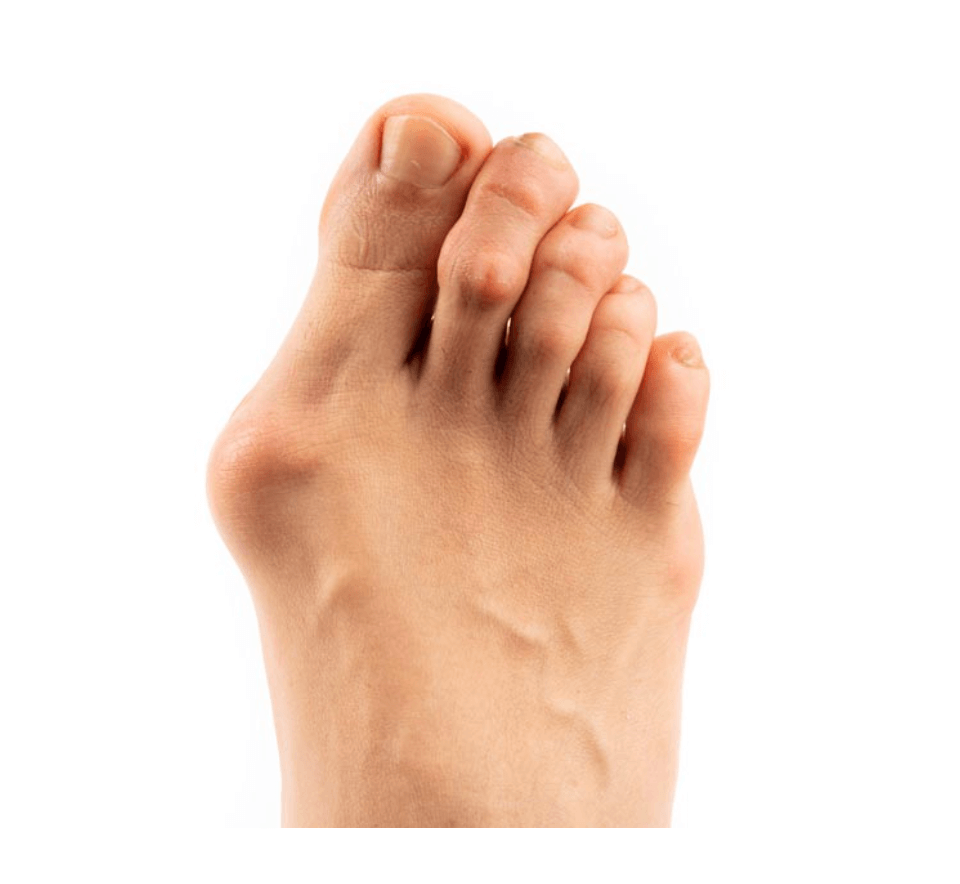
Dr Timothy Young, a Board Certified Foot Surgeon on: Should I Get Bunion Surgery? Part 3
Second Opinions: Obtaining a additional opinion is often recommended before making a decision about any surgery. Seeking the advice of another board certified foot surgeon can help validate the initial recommendation and provide additional insights. It also allows you to compare treatment approaches, potential outcomes, and associated risks.
Conclusion: Deciding whether or not to have bunion correction surgery is a choice that should be based on a combination of factors, including the extent of your symptoms, how fast the bunion is progressing, the impact on your daily life, and the potential risks and benefits. It's crucial to consult with a board certified foot surgeon who can evaluate your specific case and provide professional advice tailored to your needs. Remember, bunion surgery should be considered after conservative treatments. By carefully weighing the pros and cons and seeking expert opinions, you can make an informed decision regarding bunion corrective surgery that aligns with your personal needs and goals.
If you are experiencing foot or ankle pain, give us a call at 425-391-8666 or make an appointment online today.



